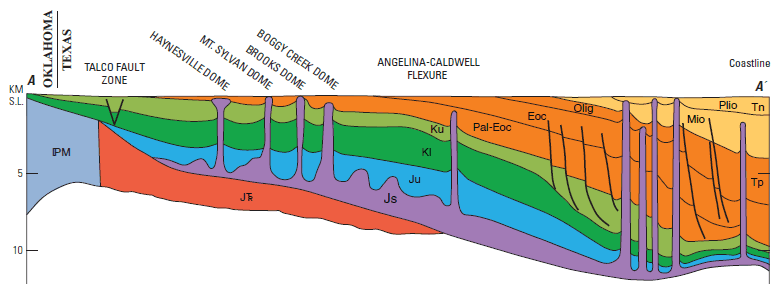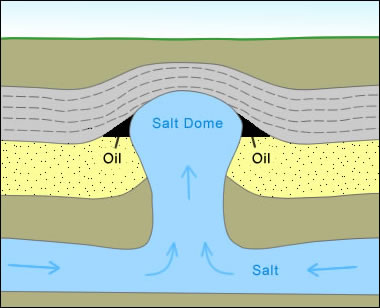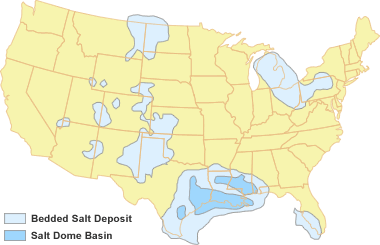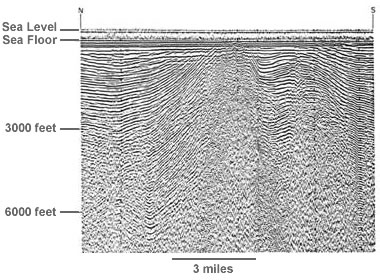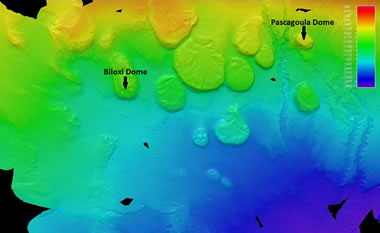Best Buddies will meet today during lunch. Stop by to enjoy some pizza! New members always welcome!
Next week is World Languages Week. Stay tuned for all the upcoming events.
STUDENTS: Do you have a friend? Are you a friend? Do you need a friend? What does friendship look like on our campus? Take a picture and enter it in the "That's Called Friendship!" photo contest. Entries will be displayed here on campus to remind all of us that NO HAWK STANDS ALONE. The winning photo will receive a prize to share with a friend. Submit your photo entry to the Activities Office by March 7th.
Attention staff and students, sign up in the Activities Office during lunch to participate in the ping-pong tournament next week. The singles bracket is $1. The doubles bracket is $2 per team. Brackets will be posted near the vending machines on Monday, March 3 in the morning. (Coach Thiebaut & Coach Wallin think they are unbeatable!)
Do you want to be a student body officer next year? Sign-ups begin next Tuesday in the Activities Office. Stop by Tuesday at lunch to pick up your application. Students wishing to run must have a 2.5 GPA.
COUNSELING:
A practice ACT will be given on Saturday March 1st with a follow-up teachback on March 6. Sign up in the Career Center, Rm E224
Do you need help applying to CNM? A representative will be on campus Tuesday, March 4, during lunch to help you complete the online application. Please sign up in the Career Center.
ATHLETICS:
G. Basketball plays at CHS on Saturday at 7 for the district championship
B. Basketball : They play Saturday at 5:30PM in the Ring of Fire.
During lunch today please remember to throw your trash away. Thanks for keeping Volcano Beautiful!
And remember . . .
As always . . .
It's Great to be a Hawk
__._,_.___
